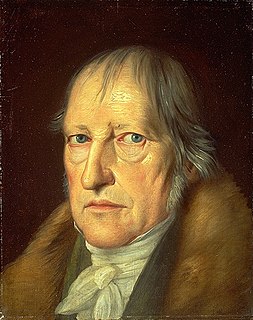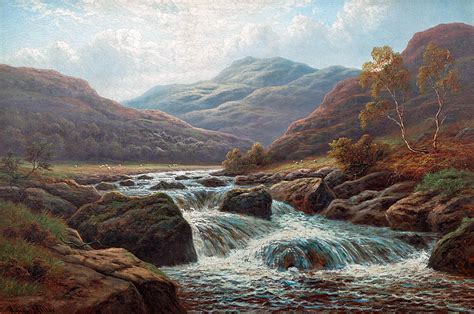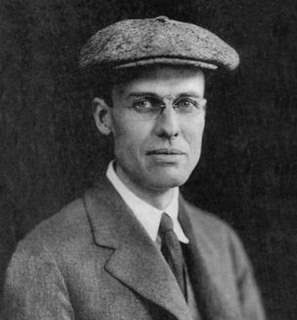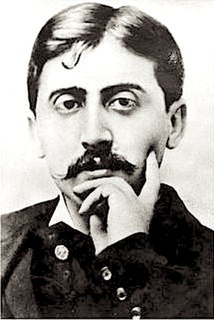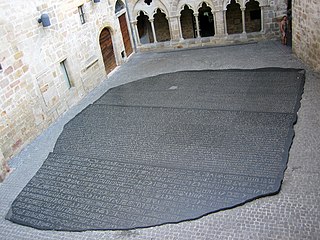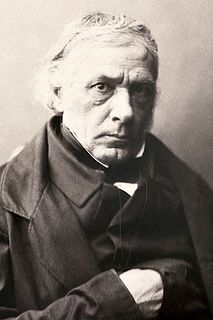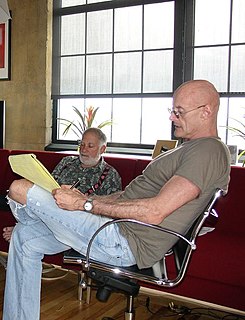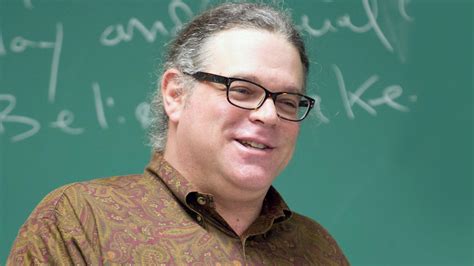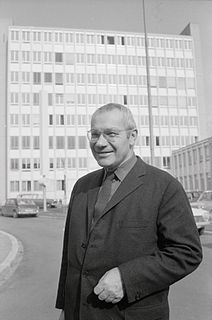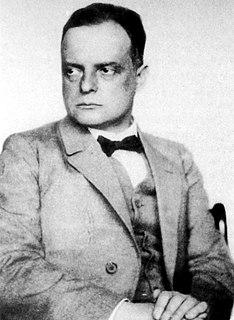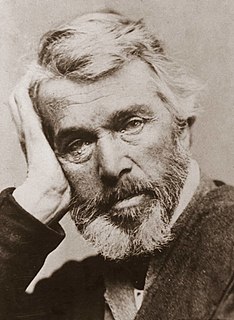A Quote by Georg Wilhelm Friedrich Hegel
The sublime in art is the attempt to express the infinite without finding in the realm of phenomena any object which proves itself fitting for this representation.
Related Quotes
Poetry can be criticized only through poetry. A critique which itself is not a work of art, either in content as representation of the necessary impression in the process of creation, or through its beautiful form and in its liberal tone in the spirit of the old Roman satire, has no right of citizenship in the realm of art.
One of the weaknesses of much abstract painting is the attempt to substitute the inventions of the intellect for a pristine imaginative conception. The inner life of a human being is a vast and varied realm and does not concern itself alone with stimulating arrangements of color, form and design. The term 'life' as used in art is something not to be held in contempt, for it applies all of its existence, and the province of art is to react to it and not to shun it. Painting will have to deal more fully and less obliquely with life and nature's phenomena before it can again be great.
Patanjali, declares that the true secret of evolution is the manifestation of the perfection which is already in every being; that this perfection has been barred and the infinite tide behind is struggling to express itself. These struggles and competitions are but the results of our ignorance, because we do not know the proper way to unlock the gate and let the water in. This infinite tide behind must express itself; it is the cause of all manifestation.
And so it is with our own past. It is a labour in vain to attempt to recapture it: all the efforts of our intellect must prove futile. The past is hidden somewhere outside the realm, beyond the reach of intellect, in some material object (in the sensation which that material object will give us) of which we have no inkling. And it depends on chance whether or not we come upon this object before we ourselves must die.
When objects are presented within the context of art (and until recently objects always have been used) they are as eligible for aesthetic consideration as are any objects in the world, and an aesthetic consideration of an object existing in the realm of art means that the object's existence or functioning in an art context is irrelevant to the aesthetic judgment.
Art neither belongs to religion, nor to ethics; but, like these, it brings us nearer to the Infinite, one of the forms of which it manifests to us. God is the source of all beauty, as of all truth, of all religion, of all morality. The most exalted object, therefore, of art is to reveal in its own manner the sentiment of the Infinite.
Art is a window to The Infinite, and opening to the goddess, a portal through which you and I, with the help of the artist, may discover depths and heights of our soul undreamed of by the vulgar world. Art is the eye of the spirit, through which the sublime can reach down to us, and we up to it, and be transformed, transfigured in the process.
It's impossible to say that live art enjoys any single status in the information age--there are versions of live art that are still primarily art-world phenomena, others that appeal to much broader audiences. The Burning Man festival is a case in point--an event featuring performance that is itself a performance, which partakes simultaneously of frontier mythology, a counter-cultural impulse, and popular cultural visibility.
In it he proves that all things are true and states how the truths of all contradictions may be reconciled physically, such as for example that white is black and black is white; that one can be and not be at the same time; that there can be hills without valleys; that nothingness is something and that everything, which is, is not. But take note that he proves all these unheard-of paradoxes without any fallacious or sophistical reasoning.
